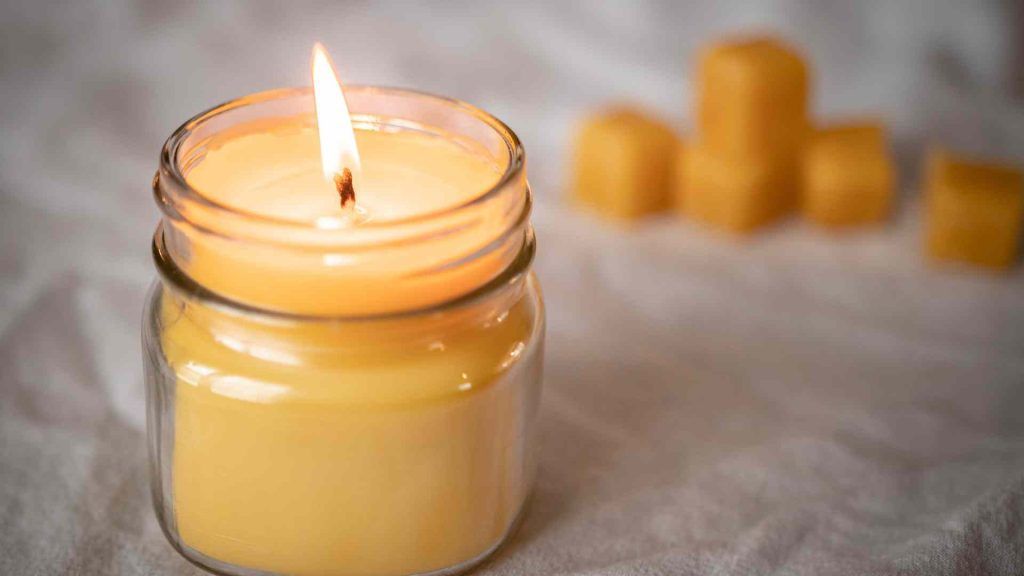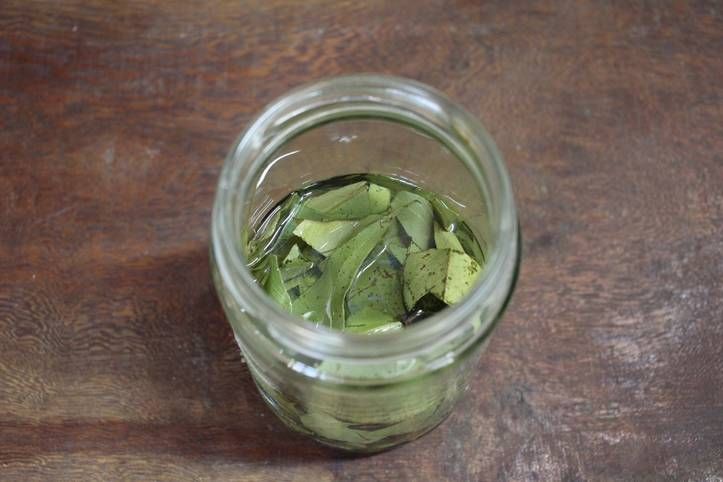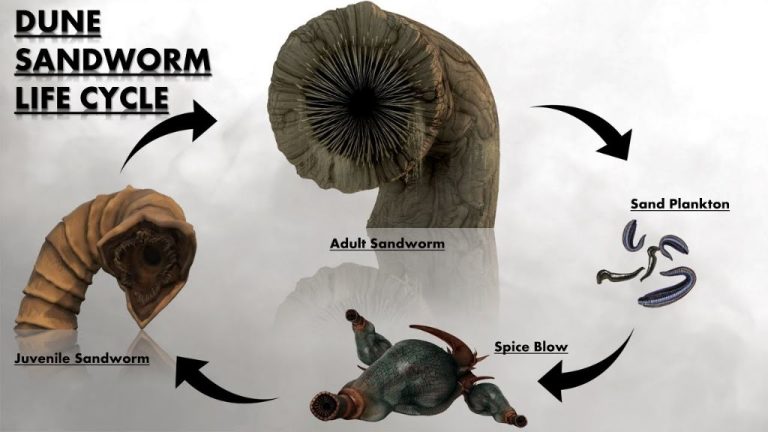Do Beeswax Candles Need Special Wicks?
Beeswax candles have been used for thousands of years, dating back to ancient Egypt, Greece, and Rome. Unlike paraffin wax candles made from petroleum, beeswax candles are all-natural, made from honeycomb produced by honey bees.
The beeswax itself comes from worker bees, who secrete wax to build the honeycomb structure inside a beehive. This wax is extracted and filtered to remove impurities, then turned into candles. Beeswax candles have a natural honey aroma and burn brighter and cleaner than other candle types.
One key component of beeswax candles is the wick, which is normally made from braided cotton or natural fibers. The wick draws up wax through capillary action and vaporizes it to produce the candle’s flame. Using the proper wick is important for beeswax candles to ensure good burn quality.
This article will examine why beeswax candles require special wicking considerations compared to other candle waxes. We’ll look at the pros and cons of different wick materials and how to choose the right wick for your beeswax candle needs.
What Are Beeswax Candles?
Beeswax candles are made from the wax produced by honey bees. Bees produce wax in their honeycomb to build the structure of the comb. This wax is secreted from glands on the bees’ abdomen and is used to form the walls of the honeycomb cells. The wax is extracted from the honeycomb when beekeepers harvest honey.
To make beeswax candles, the wax from the honeycomb is filtered and melted into liquid wax. It is then poured into molds, where wicks have already been placed. Once cooled and hardened, the solid candles are removed from the molds.
Beeswax candles differ from regular paraffin wax candles in that they are made from a completely natural product produced by honey bees (Source). The honeycomb itself is made from beeswax. Paraffin wax, on the other hand, is a petroleum byproduct. So beeswax candles are considered a more natural, environmentally-friendly option compared to paraffin candles.
Pros and Cons of Beeswax Candles
Beeswax candles have several advantages and disadvantages compared to other candle types. Here are some of the key pros and cons of beeswax candles:
Pros:
- Beeswax is a natural, renewable resource that comes from honeybees. It is more sustainable than paraffin wax which comes from petroleum.
- Beeswax candles burn longer than paraffin candles. One beeswax candle can burn for up to 8 hours compared to just 1-2 hours for a paraffin candle of the same size. Beeswax has a higher melting point which results in a slower, longer burn (SOURCE: https://thelobolife.com/pros-and-cons-of-beeswax-candles/).
- Beeswax candles emit negative ions when burned which helps clean the surrounding air. Some people find the natural honey scent of beeswax pleasant as well.
Cons:
- Beeswax candles tend to be more expensive than paraffin or soy candles because of the high cost of raw beeswax. Prices can range from $2-$4 per ounce compared to $1 or less for paraffin.
- The stiff texture of beeswax can make it harder to work with. Getting a smooth, flawless finish when making molded candles takes practice.
- Beeswax candles can be harder to find locally compared to paraffin and soy candles. Buying beeswax in bulk online is often necessary.
Special Considerations for Wicks
When choosing a wick for beeswax candles, the type of wick material is very important. Unlike paraffin wax candles, beeswax candles require a specific type of wick in order to burn properly.
The best wicks for beeswax candles are typically flat or square braided cotton wicks. These natural fiber wicks are able to soak up and hold the beeswax effectively as the candle burns (1). The flat shape provides the ideal surface area for the beeswax to adhere to.
Wooden wicks should also be avoided with beeswax candles, as they can clog up with melted beeswax. Wooden wicks work well for soy candles, but are not optimal for beeswax (2).
Metal-core wicks found in most paraffin candles should never be used with beeswax. The metal core is meant to help melt the paraffin wax, but beeswax has a much lower melting point than paraffin. Using a metal-core wick with beeswax can therefore lead to extensive soot, tunneling, and a poor burn (3).
In summary, flat or square braided cotton wicks provide the best capillary action and absorbency needed for clean, even burning with beeswax candles. Choosing the right wick material avoids issues like guttering, drowning, and sooting.
(1) https://bzzwax.com/blogs/all-beeswax/how-to-choose-the-right-wick-for-beeswax-pillar-candles-a-complete-guide
(2) https://www.candlescience.com/candle-making/wick-guide/
(3) https://www.bee-candle.com/blogs/news/which-wick-for-which-wax
Why Beeswax Candles Need Special Wicks
Beeswax candles require special wicks that are designed for the unique properties of beeswax. The main reason is that beeswax has a much higher melting point than regular paraffin wax. Paraffin wax melts at around 130-150°F, while beeswax does not melt until it reaches 140-170°F.
This higher melting point means that as the beeswax candle burns, the wax pool can reach temperatures above 150°F easily. A regular cotton or paper wick is not designed to withstand such high temperatures – it would simply burn up or break off before the candle has fully melted the wax pool.
Therefore, wicks made specifically for beeswax candles are thickly braided or twisted strands of cotton that are saturated with materials to help withstand the higher heat. They often incorporate stiffening agents to help the wick stand upright and not bend over as the wax pool gets deeper. The flame also needs more oxygen when burning the harder beeswax, so specialized wicks are designed to curl and bend to bring air to the flame.

In summary, beeswax candles require sturdier, thicker, and stiffer wicks that can withstand the higher melting point of beeswax compared to standard paraffin wax. Using the wrong wick will lead to poor burning, tunneling, or the wick getting snuffed out before the candle has fully burned.
Examples of Good Wicks for Beeswax
When selecting a wick for beeswax candles, there are several natural fiber options that work well, including:
Cotton – Cotton braided wicks are a popular choice for beeswax candles. Cotton can hold more wax than other materials, preventing tunneling. It also bends as it burns, avoiding Carbon buildup.
Hemp – Hemp makes an excellent wick for beeswax candles. It burns slowly and evenly, without flaring excessively. Hemp wicks are also very rigid, which helps prevent clogging.
Wood – Wooden wicks work wonderfully with natural beeswax. They produce a nice crackling sound as they burn. Popular options include bamboo and cedar wood wicks.
Paper – Paper-cored wicks embedded in zinc or tin can burn cleanly through beeswax. They tend to be very stiff and stable. Paper also absorbs wax well to limit excess wax pooling.
Wicks to Avoid
Be cautious of wicks containing zinc or lead cores, as they can release toxic heavy metals into the air when burned. According to Green America, a candle with a lead-core wick releases five times the amount of lead considered hazardous for children and exceeds EPA pollution standards for outdoor air (Green America).
The U.S. banned lead-core wicks in 2003, but many inexpensive imported candles still contain them. Zinc-core wicks also release concerning levels of zinc oxide fumes. Look for wicks labeled as “lead-free” and avoid any wicks that are stiff, upright, or metallic-looking, as those likely contain metal cores.
Opt for cotton, paper, or wood-based wicks instead. These natural fiber wicks do not release heavy metals when burned. Carefully inspect each wick before lighting any new candle, and trim wicks to 1⁄4 inch before each use to reduce smoke production.
Proper Wick Height and Diameter
When choosing the proper wick height and diameter for beeswax candles, it’s important to follow the manufacturer’s guidelines for each specific wick type. As the Beeculture article explains, “Wicks need to be trimmed to the manufacturer’s recommended height for each candle size.” This ensures the wick height is optimized for the candle diameter and wax type.
However, manufacturer guidelines are just a starting point. The best practice is to test different wick heights and diameters yourself to find the optimal setup for your particular beeswax blend. As the Busy Bee Candle Supply guide recommends, “Quality of beeswax is an important factor in determining appropriate wick size for different candle types and diameters.” Your testing will help dial in the perfect wick specifications for your candles.
Some key factors to experiment with are the flame height, mushrooming effect, melting pool diameter, and burn time. Adjusting the wick height and thickness will impact these. Optimal wick sizing helps produce candles that burn cleanly and evenly from top to bottom, without excess smoking, sooting, or tunneling.
Maintaining Your Beeswax Candles
To get the most enjoyment and longevity from your beeswax candles, follow a few simple maintenance tips. One important piece of beeswax candle care is to trim the wick to 1/4 inch before lighting (see https://beegroomed.com/product/100-pure-beeswax-candle/). This prevents excessively large flames that can tunnel down into the wax and cause the candle to burn unevenly. It also reduces smoking and promotes an even burn.
Another key tip is to allow a new beeswax candle to burn for 4 hours or more the first time it is lit (see https://www.benefits-of-honey.com/candle-care/). This melts the wax all the way to the edges of the container and establishes a melt pool for an even burn in the future. Avoid blowing candles out to extend their life. Instead, gently extinguish the flame by placing the wick into the melted wax. With proper care, beeswax candles can provide many hours of aromatic ambiance.
Conclusion
In summary, beeswax candles require specialized wicks that are designed to withstand the unique properties of beeswax. Because beeswax has a high melting point, is opaque when solid, and burns slowly, the wick needs to remain upright and release the wax as it melts to prevent drowning, tunneling, or guttering.
Optimal wick choices for beeswax candles include paper-cored wicks made of natural fibers like cotton, linen, or hemp. These allow for full wax liquefaction and an even, steady flame. Pre-tabbed or primed wicks are also recommended to start the melt pool quickly. Wicks should be properly sized for the diameter of the candle, and trimmed to 1⁄4” length to reduce smoking and sooting.
With the right wick, beeswax candles can provide a clean, bright flame and fully release their natural fragrance. Avoid using wicks that are too thick or tight weave for beeswax, as well as zinc or metal core wicks, which can lead to poor performance. Testing wicks first is advisable to ensure the best results from your beeswax candles.



